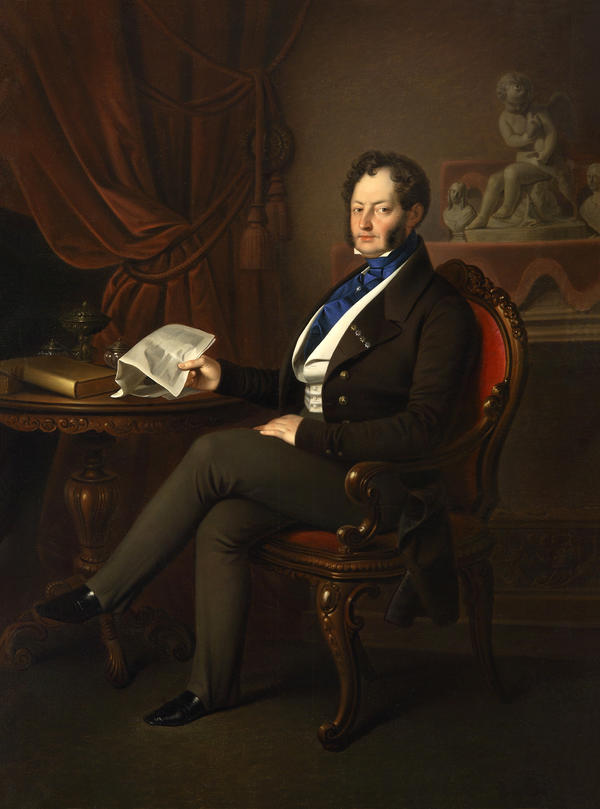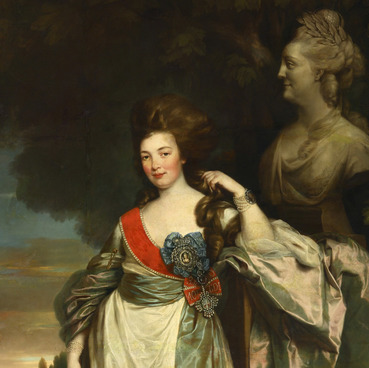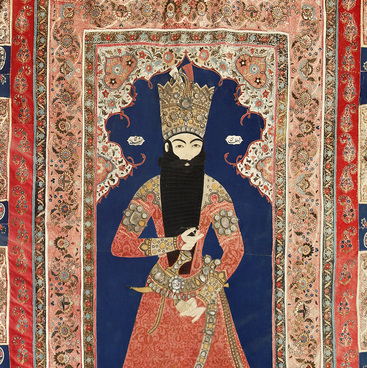Władysław-Gregory Ksaverevich Branicki was brother in law of Mikhail Vorontsov. He came from a noble Polish family and had a Polish name, Władysław Gzegoj.
The son of Polish Hetman Władysław Branicki joined the service in the rank of lieutenant on his birthday on 13 February 1783.
In 1796, when Emperor Paul I accessed to the throne, Branicki was removed from the service ‘for absence at the regiment.’ However, he joined the service again as a lieutenant in 3 years.
Branicki participated in the war with Turkey. In the Patriotic War, he attended Alexander I and then participated in the battles at Smolensk, Borodino, Tarutino, Krasnoye. For the excellence in capturing Paris, he received the rank of major general. After the war, he returned to the court service and was appointed to the position of senator. According to a contemporary ‘He never played any role in the Senate, court life belonged more to his sphere’ (Baron Modest Corf).
Since 1828 he held the title of master of the hunt of His Majesty’s court and played an important role in the organization and holding of court hunts. In 1838 he received the rank of a secret councilor. Władysław Branicki died at the age of 60 in Warsaw.
The unknown artist chose to paint a full-length portrait. The middle-aged man is sitting in an armchair in a poorly-lit room. His face is turned to the viewer. The chin is clean-shaven, the lips are hiding barely emerging smile. On the sides of the face are oval-shaped sideburns. The man is dressed in frockcoat and dark brown pantaloons. There are four little stars of orders on the coat lapel of the frock coat. The frock coat is unbuttoned, and a white vest can be seen under it. The blue tie fits tightly on the neck and falls to the chest. Branicki crossed his legs which makes him look relaxed and informal. The left hand is placed on the leg. To the right of Branicki is a round not covered table with a carved leg. There’s an inkstand and closed book on the table. The right wrist is touching the edge of the table, the hand is clenching a sheet of folded newspaper with a shaped edge. There’re three sculptures behind the figure on the table: Amur and two portrait sculptures. There’s a dark velvet portiere curtain in the background.
The son of Polish Hetman Władysław Branicki joined the service in the rank of lieutenant on his birthday on 13 February 1783.
In 1796, when Emperor Paul I accessed to the throne, Branicki was removed from the service ‘for absence at the regiment.’ However, he joined the service again as a lieutenant in 3 years.
Branicki participated in the war with Turkey. In the Patriotic War, he attended Alexander I and then participated in the battles at Smolensk, Borodino, Tarutino, Krasnoye. For the excellence in capturing Paris, he received the rank of major general. After the war, he returned to the court service and was appointed to the position of senator. According to a contemporary ‘He never played any role in the Senate, court life belonged more to his sphere’ (Baron Modest Corf).
Since 1828 he held the title of master of the hunt of His Majesty’s court and played an important role in the organization and holding of court hunts. In 1838 he received the rank of a secret councilor. Władysław Branicki died at the age of 60 in Warsaw.
The unknown artist chose to paint a full-length portrait. The middle-aged man is sitting in an armchair in a poorly-lit room. His face is turned to the viewer. The chin is clean-shaven, the lips are hiding barely emerging smile. On the sides of the face are oval-shaped sideburns. The man is dressed in frockcoat and dark brown pantaloons. There are four little stars of orders on the coat lapel of the frock coat. The frock coat is unbuttoned, and a white vest can be seen under it. The blue tie fits tightly on the neck and falls to the chest. Branicki crossed his legs which makes him look relaxed and informal. The left hand is placed on the leg. To the right of Branicki is a round not covered table with a carved leg. There’s an inkstand and closed book on the table. The right wrist is touching the edge of the table, the hand is clenching a sheet of folded newspaper with a shaped edge. There’re three sculptures behind the figure on the table: Amur and two portrait sculptures. There’s a dark velvet portiere curtain in the background.



